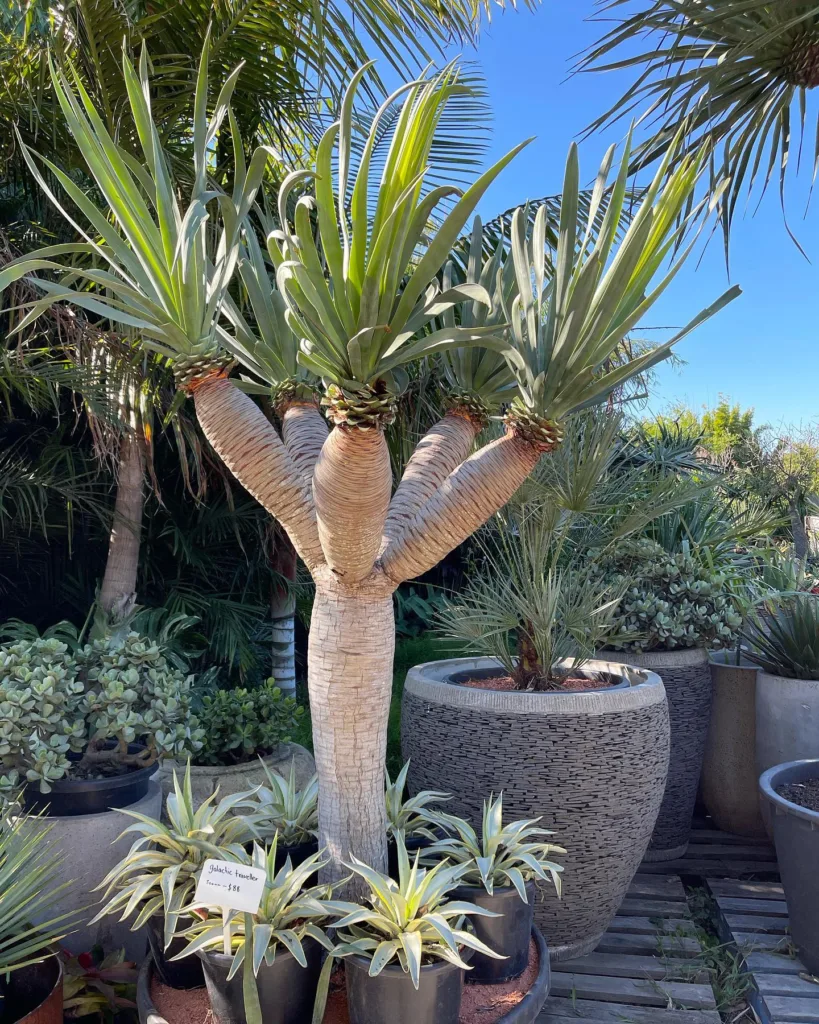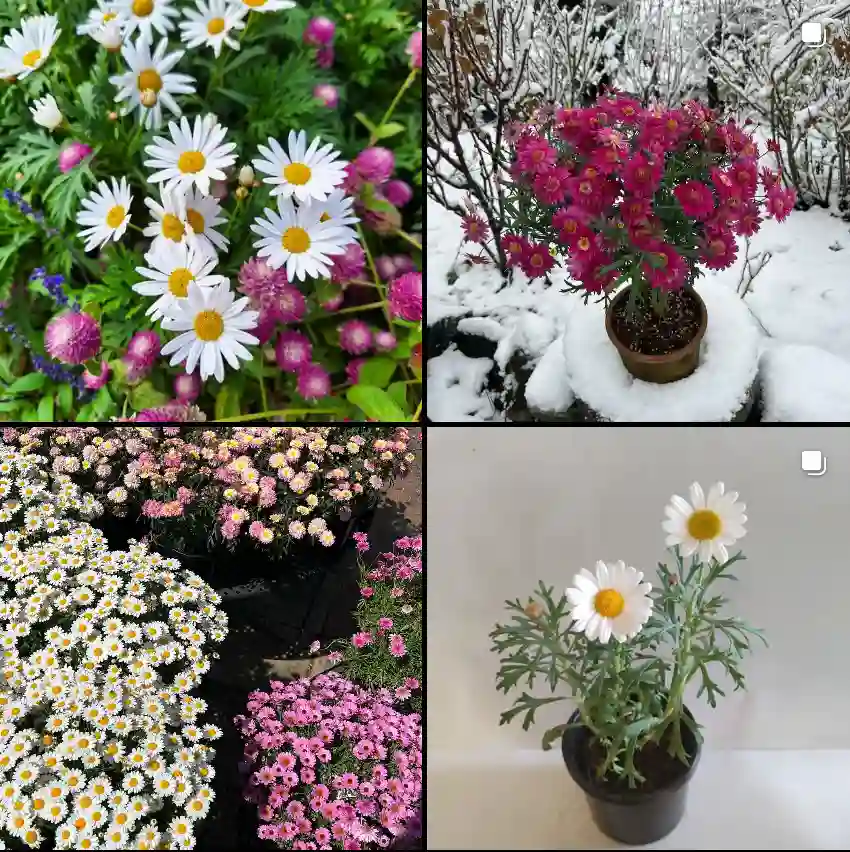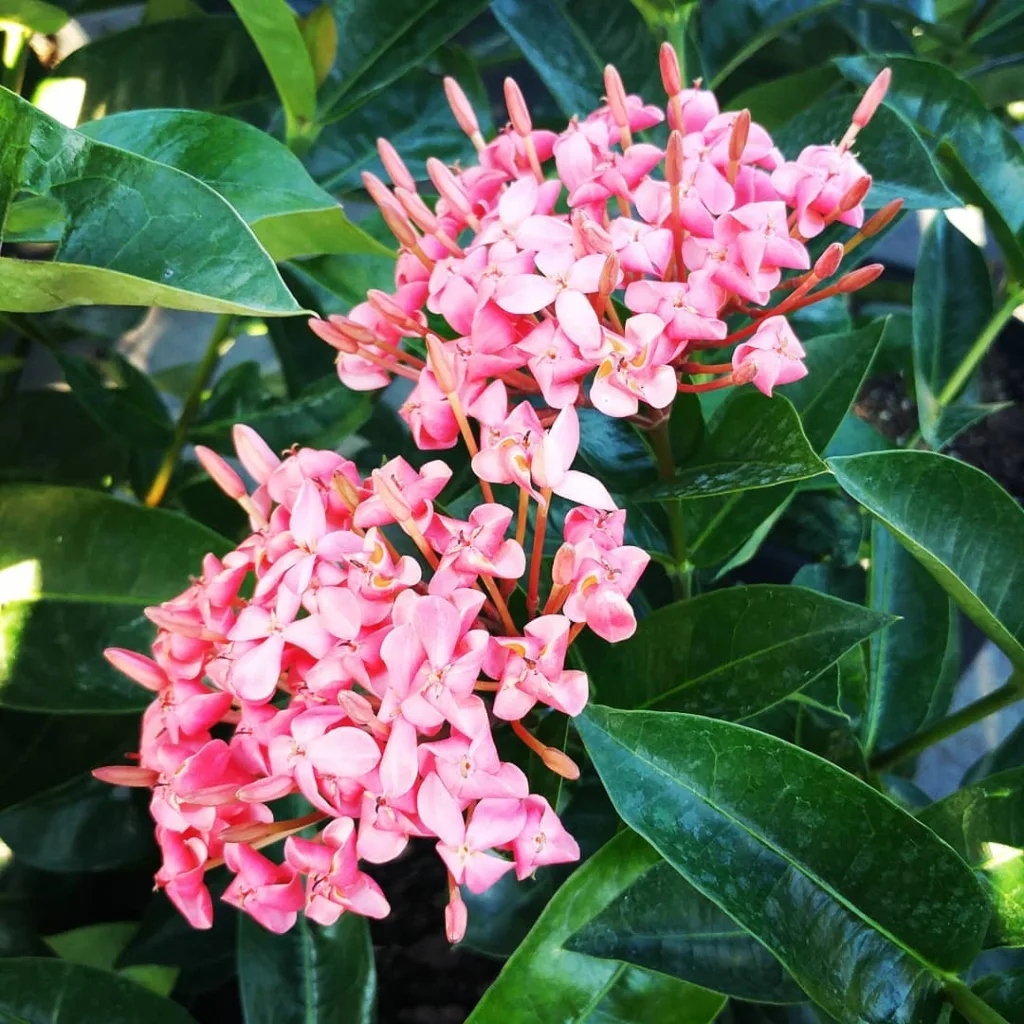Exploring the Strelitziaceae Family: My Journey with Unique Genera
The Strelitziaceae family has always captivated me with its diverse genera, each offering unique aesthetics and characteristics. As a plant enthusiast, I’ve found that diving into this family—particularly Phenakospermum, Strelitzia, and Ravenala—has enriched my garden and deepened my appreciation for the botanical world.
The Strelitziaceae Family Overview
The Strelitziaceae family includes perennial flowering plants native to tropical regions. They are renowned for their striking appearance, which often draws the eye with bold foliage and vibrant flowers. This family is sometimes referred to as the “bird-of-paradise family,” a nod to one of its most famous members, Strelitzia reginae.
Phenakospermum: The Hidden Gem
When I first encountered Phenakospermum, I was taken aback by its unique growth habit. This genus includes only a few species, but it is distinctive in both form and function. The most recognized member is Phenakospermum guyannense, often called the Guyana bird of paradise.
This plant is a slow grower but rewards patience with its impressive, fan-shaped leaves. I found it particularly interesting how the leaves emerge from a central point, creating an architectural aesthetic that adds a tropical flair to any garden.
Cultivation Tips: Growing Phenakospermum requires warmth and humidity, making it ideal for tropical or subtropical climates. I’ve learned that it thrives in well-drained soil with regular watering, but be cautious of overwatering. I recommend ensuring the pot has good drainage to prevent root rot.
Strelitzia: The Iconic Bird of Paradise
5 Species in Genus Strelitzia – Bird of Paradise
Strelitzia is undoubtedly the star of the Strelitziaceae family. I can’t help but marvel at the beauty of Strelitzia reginae, commonly known as the bird of paradise plant. The vibrant orange and blue flowers resemble a bird in flight, making it a popular choice for gardeners and landscapers alike.
What I find fascinating about Strelitzia is its adaptability. In my own experience, it thrives both in the ground and in containers, making it versatile for different garden designs. I’ve noticed that when given full sun and well-drained soil, it can bloom beautifully, creating a stunning focal point.
Propagation Insights: If you’re interested in propagating Strelitzia, I recommend dividing the rhizomes. I’ve had success doing this during the spring, which encourages new growth and blooming. It’s a rewarding experience to see new plants emerge from established roots!
Ravenala: The Travel Companion
Ravenala, often referred to as the traveler’s palm, has a unique appearance that always draws attention. Unlike other members of the Strelitziaceae family, Ravenala has a more tree-like form. The leaves are arranged in a fan shape, which reminds me of a palm tree, but with a distinctive flair.
The most notable species is Ravenala madagascariensis. I’ve planted it in my garden, and it has become a conversation starter among my visitors. One fascinating aspect of Ravenala is that it collects rainwater in the leaf bases, providing a natural reservoir for wildlife. I’ve often seen birds visiting my Ravenala to drink, adding life to my garden.
Maintenance Tips: Ravenala prefers well-drained soil and can tolerate drought conditions once established. However, it flourishes with regular watering. I’ve found that fertilizing during the growing season promotes healthy growth and vibrant foliage.
Conclusion: A Personal Connection
My journey with the Strelitziaceae family has been one of discovery and admiration. Each genus—Phenakospermum, Strelitzia, and Ravenala—offers something unique. From the architectural beauty of Phenakospermum to the iconic blooms of Strelitzia and the striking form of Ravenala, these plants have added immense value to my gardening experience.
I encourage anyone interested in botany or gardening to explore the Strelitziaceae family. Each plant provides a glimpse into the beauty of nature and the importance of biodiversity. By cultivating these plants, we not only enhance our gardens but also support the ecosystems they represent. My relationship with these genera continues to evolve, and I look forward to sharing my experiences as I grow alongside them.
Through this exploration, I’ve come to appreciate the intricate connections within nature and the joy that comes from nurturing these remarkable plants. Whether you’re an experienced gardener or just starting out, the Strelitziaceae family has something to offer everyone.
If i die, water my plants!



